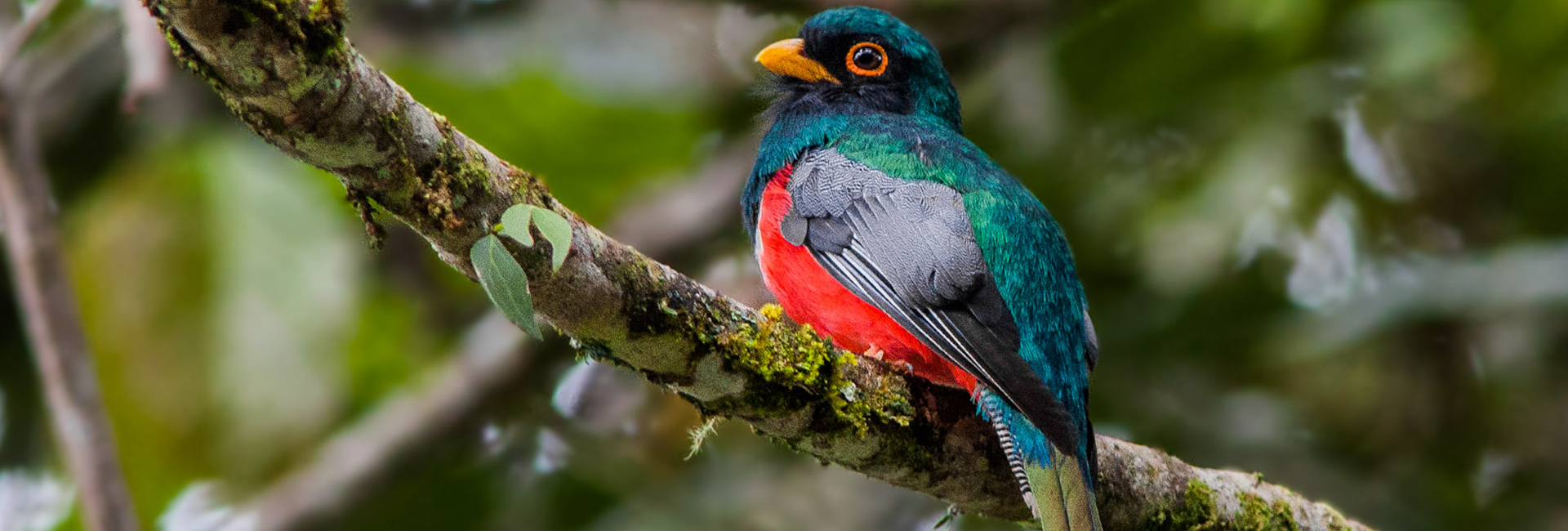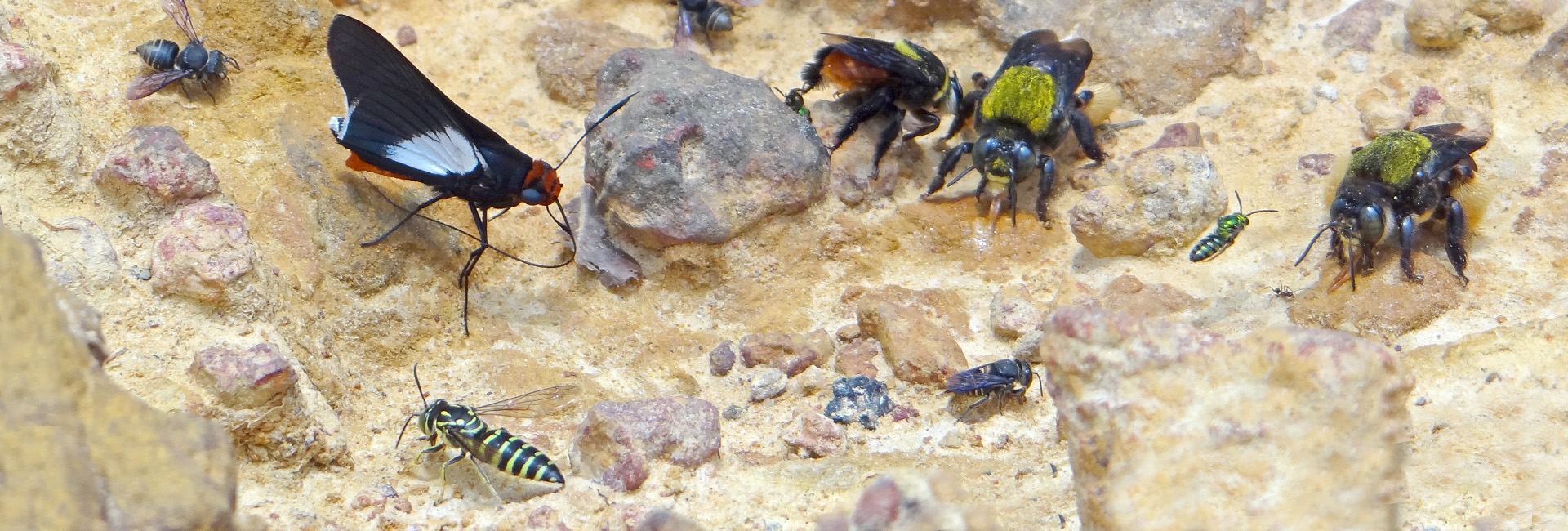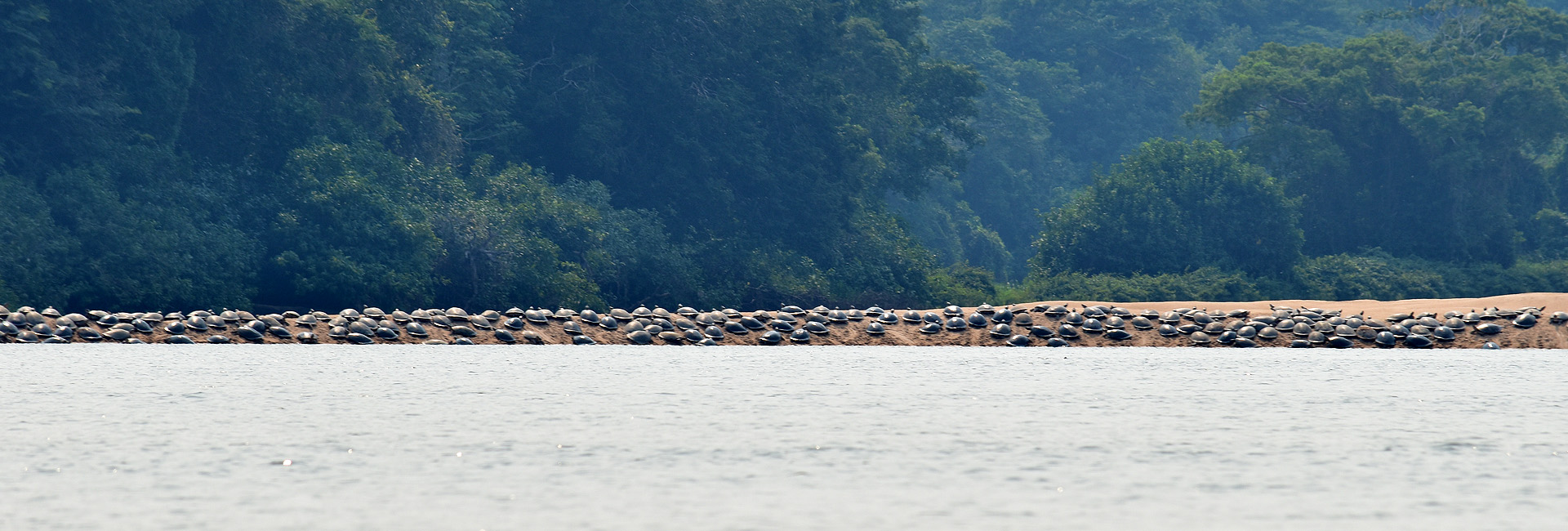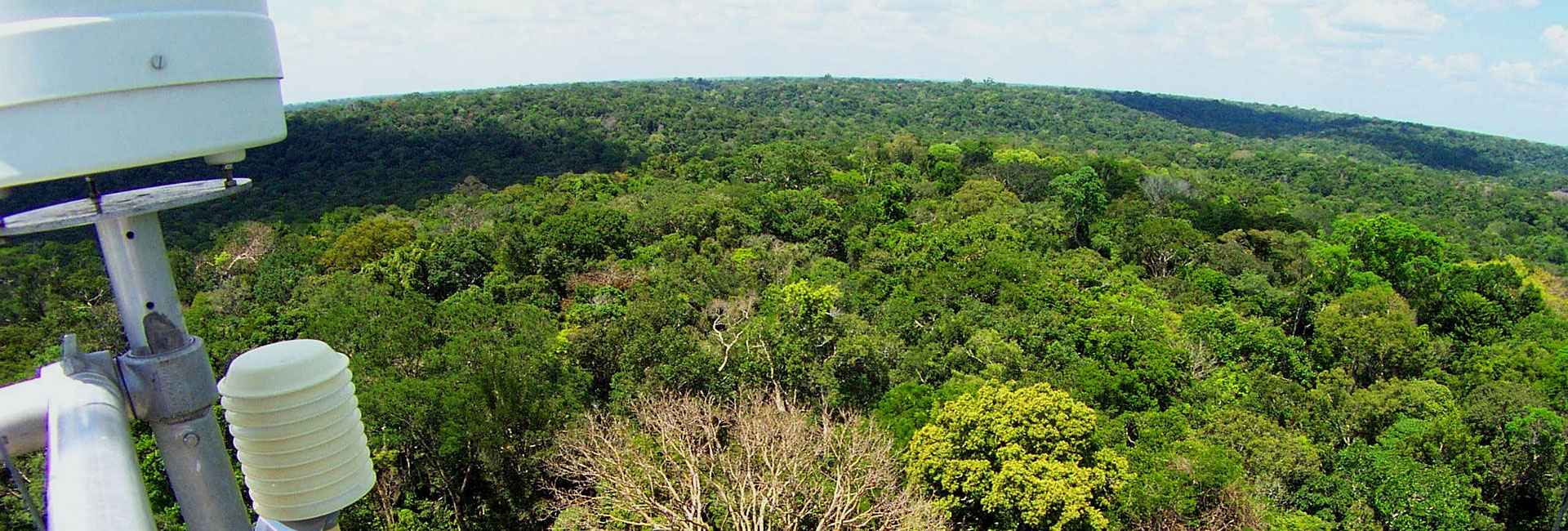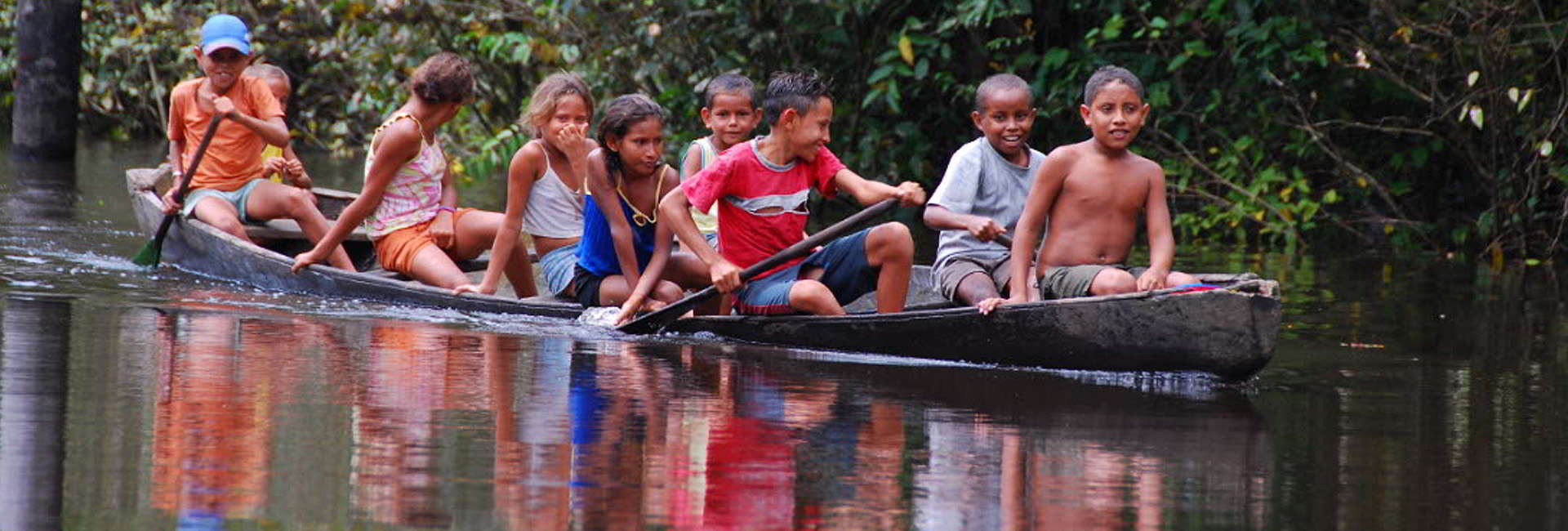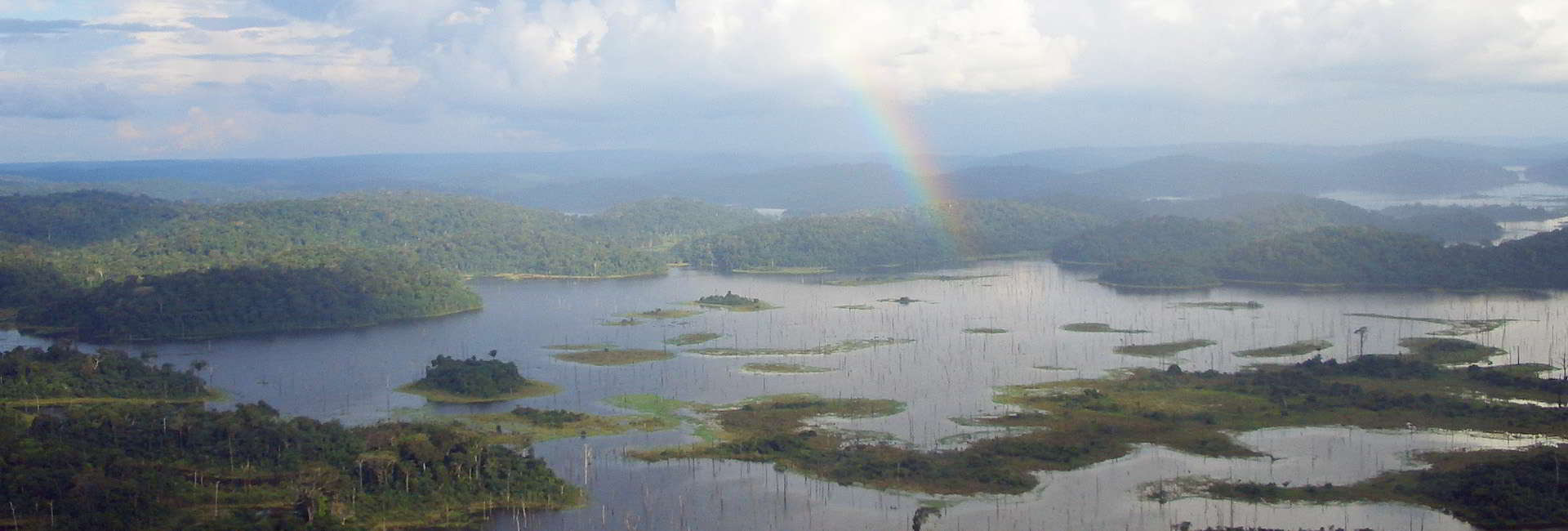Amazonian caimans do not share the same menu
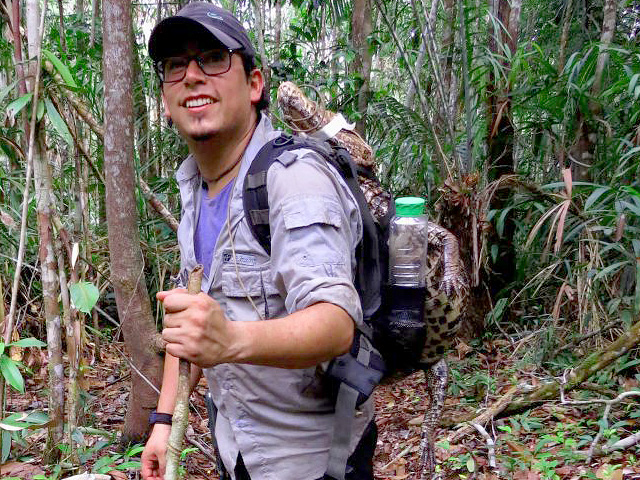
Despite being considered generalist and opportunistic predators, the four species of Amazonian caimans consume different proportions of aquatic or terrestrial prey, reflecting the way in which each caiman species is distributed in different environments. This is one of the conclusions of Francisco Villamarín's doctoral thesis in Ecology at INPA, which was recently published in Freshwater Biology. Villamarín and his collaborators sampled caimans in floodplain lakes and terra-firme forest streams in the central-southern Brazilian Amazon, and used stable isotope analyzes of carbon to determine the origin of the energy supporting these large predators.
Stable isotopes are analogous to 'fingerprints' engraved on consumer tissues, which originate from the food they consume. The researchers found that, as the caimans lived closer to várzea floodplains, the chemical fingerprints (the isotopic composition) imprinted on their tissues increasingly reflected the consumption of prey sustained by aquatic resources. In contrast, caimans living in terra firme streams were being supported mainly by terrestrial prey. These results had already been observed decades ago and reflect the differential availability of aquatic or terrestrial prey in different environments: in the floodplains, large fish are more abundant than in terra firme streams, where terrestrial prey such as agouti and paca predominate.
However, the study also revealed a previously unknown aspect of caiman dietary habits. When analysing individuals of different species sharing the same habitat, the researchers found significant differences in the isotopic composition of the two species of dwarf caimans, suggesting that they are supported by prey of different origin. Thus, even in places where they share space, the Schneider’s dwarf caiman (Paleosuchus trigonatus) consumes mainly terrestrial prey, while the Cuvier’s dwarf caiman (P. palpebrosus) consumes predominantly aquatic prey. This behavior may help to avoid competitive exclusion between these two species when in syntopy.
Therefore, despite being considered generalist and opportunistic predators, the differences found in the diet of caimans are not only a consequence of habitat selection, but are also due to the differential exploration of the available food spectrum. This finding suggests that some species of crocodilians may be less generalist than traditionally thought, and that the magnitude of their influence on aquatic or terrestrial food webs is species-specific.
This work will be presented at the end of July 2017 at the symposium "Ecology of Great Reptiles of Latin America" at the XI Latin American Congress of Herpetology. This symposium is being organized by Francisco Villamarín.
The title image shows an adult individual of Paleosuchus trigonatus in its natural habitat within a sampling module of the PPBio Program along the BR-319 highway, in the state of Amazonas. This species mainly inhabits small forest streams.
The other image shows the author of the study, Francisco Villamarín, carrying an adult dwarf caiman, Paleosuchus palpebrosus, in backpack fashion. The animals were captured with fyke-nets and then transported by foot over several kilometers to the camp site for biometry and stomach content sampling. The way of transporting the animals may seem dangerous, but is actually safe, and allowed to carry individuals of up to 15 kg body weight, while also minimizing the stress of the animal. The photograph was taken in a sampling module along the BR-319 highway.



